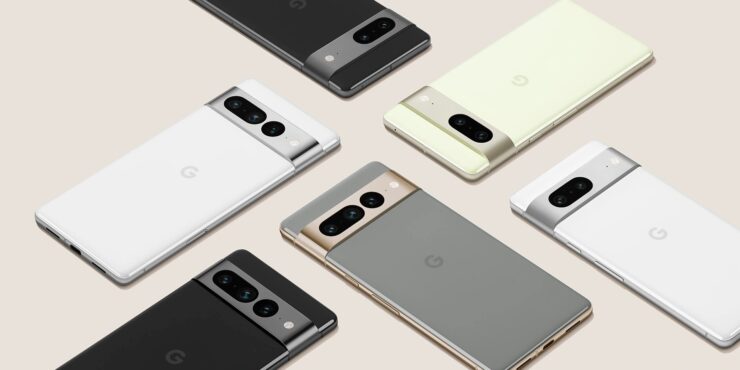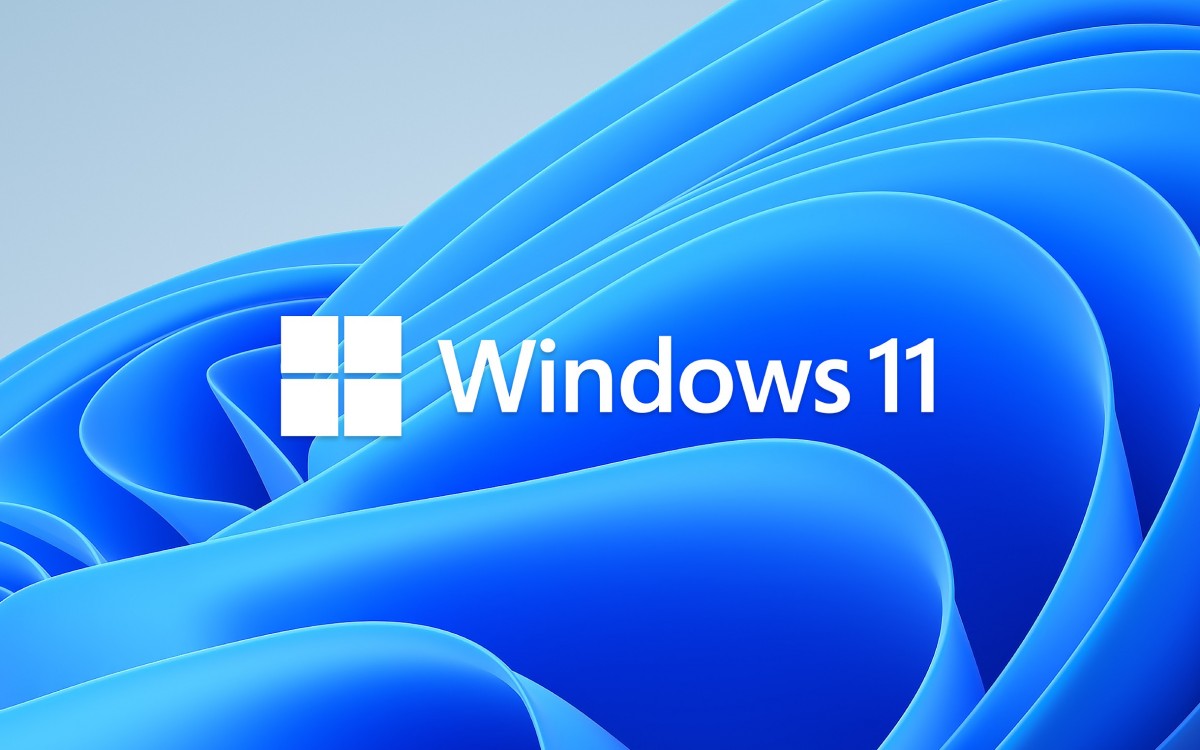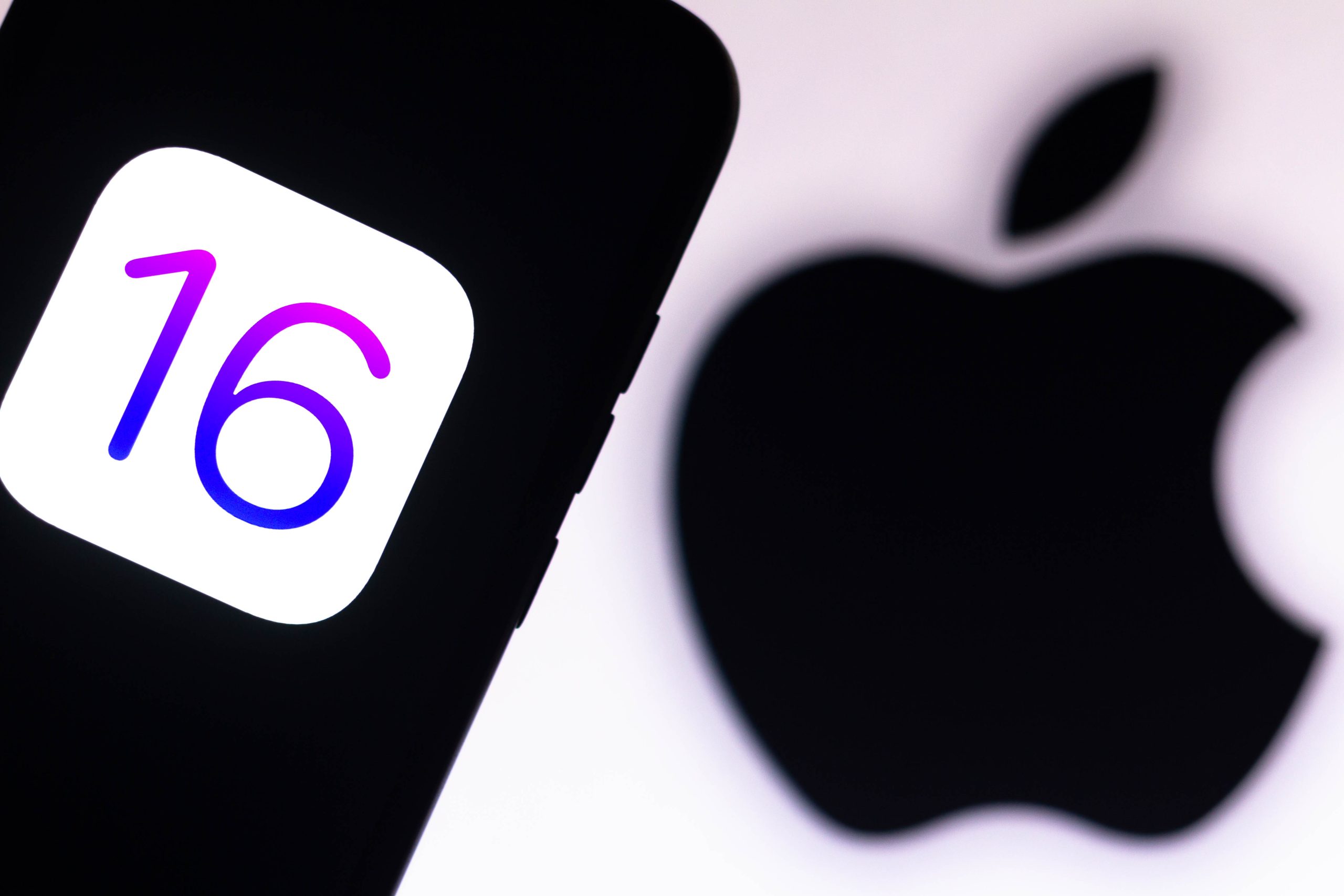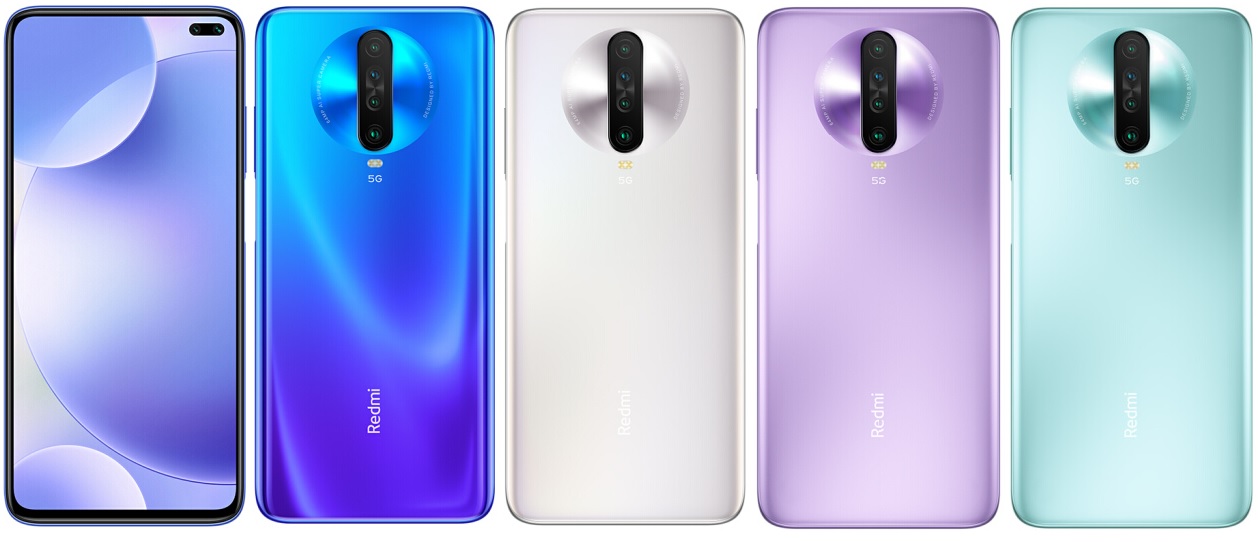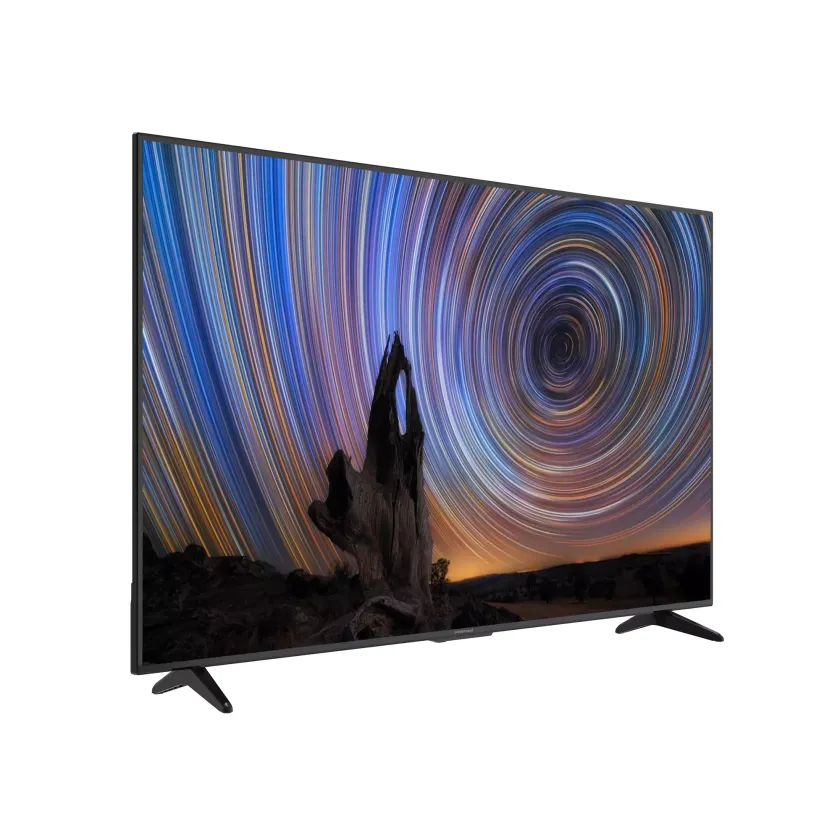In the realm of cutting-edge technology, even flagship models like Google’s Pixel 7 and 7 Pro can encounter technical snags. Despite their recent launch, certain users have come across irksome issues such as screen flickering and the dreaded green tint. This guide goes beyond the surface, delving into effective solutions that can mitigate these problems. By understanding the root causes and implementing the fixes mentioned here, you’ll be well-equipped to restore the optimal functionality of your device’s display.
Understanding the Green Screen Issue
Before we dive into the solutions, let’s grasp the intricacies of the green screen issue. Unlike it’s intentional counterpart used in photography and filmmaking, this unwelcome green tint wreaks havoc on the usability of your device. Colors distort, making it a challenge to navigate through your smartphone’s interface. Rather than being solely a hardware problem, these smartphone screen anomalies often stem from software or display glitches.
The origins of the green screen problem can be diverse. Faulty hardware, such as a damaged screen or a malfunctioning graphics chip, can be the culprits. However, software elements shouldn’t be overlooked; outdated or corrupted software settings can also lead to this issue. In more severe scenarios, the green screen could indicate a persistent hardware problem that warrants professional intervention or even device replacement.
Reboot the Device
For many software-related issues, a simple device reboot can work wonders. This basic troubleshooting step can help resolve problems, including the annoying green tint. Here’s a detailed walkthrough:
Locate the power button on your Google Pixel 7 or 7 Pro device. Typically, you’ll find it on the side or top.
Press and hold the power button to access the power menu.
Among the options—Power off, Restart and Reboot—choose the “Reboot” option.
After confirming your choice, your device will initiate the shutdown process.
Within moments, the device will start to boot up again. Look for the manufacturer or Android logo, indicating that the device is restarting.
Post-reboot, assess whether the screen flickering and green tint issue persists. If it was a temporary software glitch causing the problem, you should now see normal colors on your screen.
Clear Cache and Data on the Faulty App
Sometimes, an individual app can be the root cause of screen-related issues. Clearing the cache and data for that app might do the trick:
Navigate to the Settings app and tap “Apps & notifications”.
Locate the app that’s causing trouble and select it.
Tap “Clear Cache” to remove cached data that might be causing conflicts.
Following that, tap “Clear Storage” under the “Storage & Cache” section to delete any problematic data associated with the app.
Remove Problematic Apps
If the previous fix doesn’t yield results, consider removing the problematic app altogether:
Open the Settings app and choose “Apps & Notifications”.
Find the app that’s been causing the green tint issue.
Tap “Uninstall” to completely remove the app from your device.
By taking this step, you’re effectively erasing the app’s footprint on your device. However, be aware that this action will also delete any personal preferences you’ve saved within the app.
Perform a Hard Reset
When dealing with persistent software issues, a hard reset—also known as a factory reset—can provide a more comprehensive solution. Keep in mind that performing a hard reset will erase all your data and settings, so backing up your important information is crucial:
- Access the Settings menu and tap on “About phone” or “General Management”.
- Scroll down to find the “Reset” option and select “Erase all data” or “Factory reset”.
- Confirm the reset and enter your phone password if prompted.
- Choose “Delete All” to initiate the process.
- Following the reset, you’ll need to enter your Google account information during the setup process.
Enable the Always On Display Feature
A unique workaround that some users have found effective involves enabling the Always On Display feature:
- Access the Settings menu by locating the gear or cogwheel icon and tapping on it.
- Look for “Display” or “Display & Brightness” and tap to access the settings.
- Choose “Always On Display” or “Lock Screen Display” to enable this feature.
- Activate the feature using the toggle switch provided.
Conclusion
In the rapidly evolving landscape of technology, encountering hiccups is almost inevitable, even with flagship devices like the Google Pixel 7 and 7 Pro. By comprehensively understanding the issues and solutions provided in this guide, you’re armed with the knowledge needed to address screen flickering and green tint problems. Whether it’s a simple reboot, clearing cache and data, removing problematic apps, performing a hard reset, or utilizing unique features, these fixes cater to a variety of scenarios. Remember, while software-related issues can often be resolved by users, more severe hardware problems may require professional intervention. As you embark on the journey to a glitch-free device experience, don’t hesitate to leave your thoughts and questions in the comments section below. Your feedback can be invaluable in assisting others facing similar challenges.
Experiencing difficulties with your Device, check out our “How To” page on how to resolve some of these issues.



